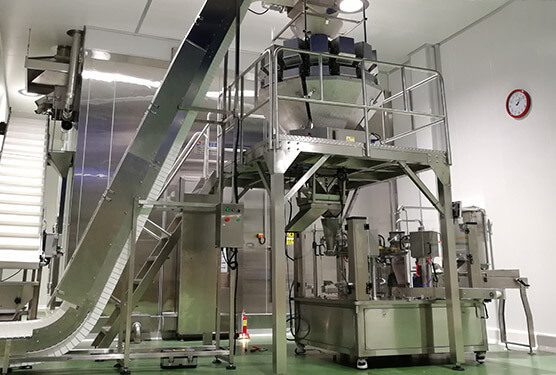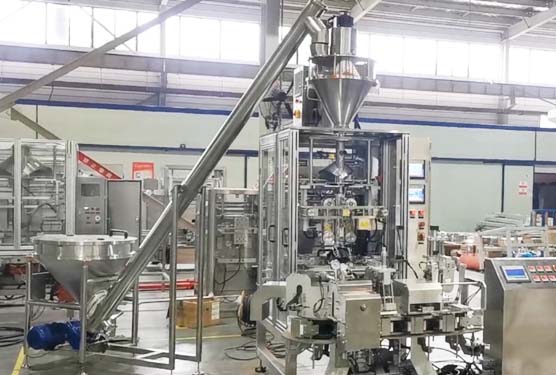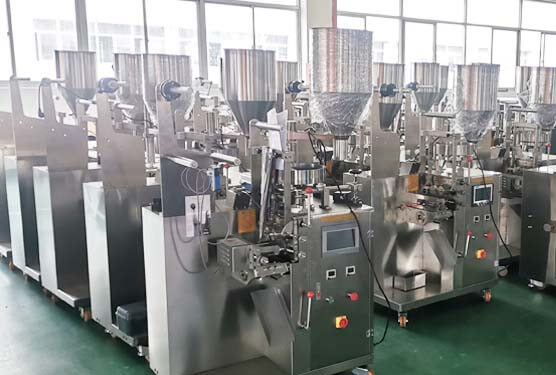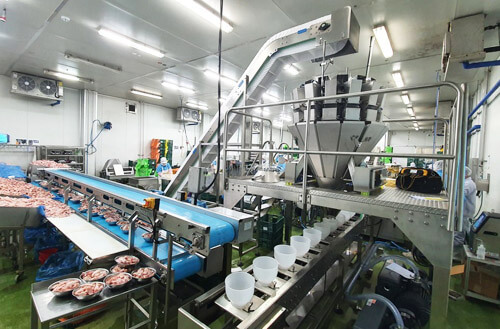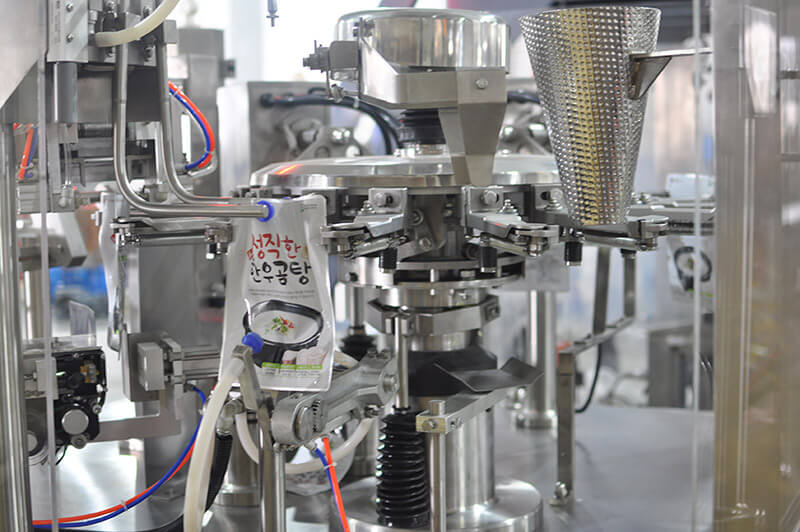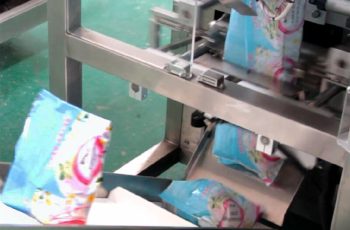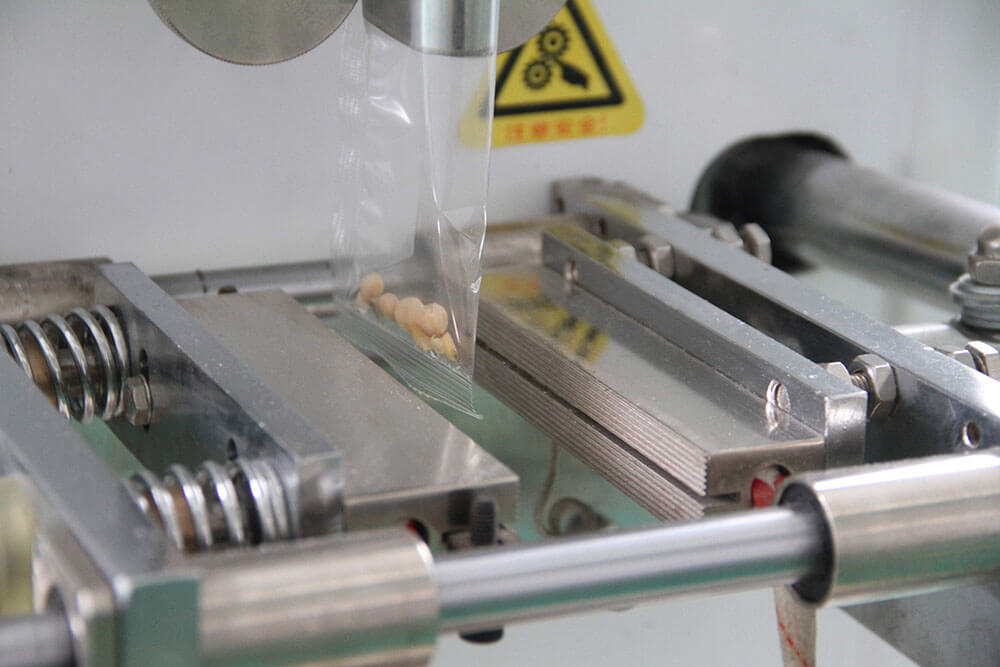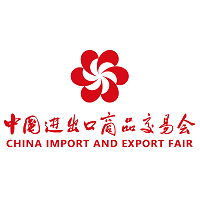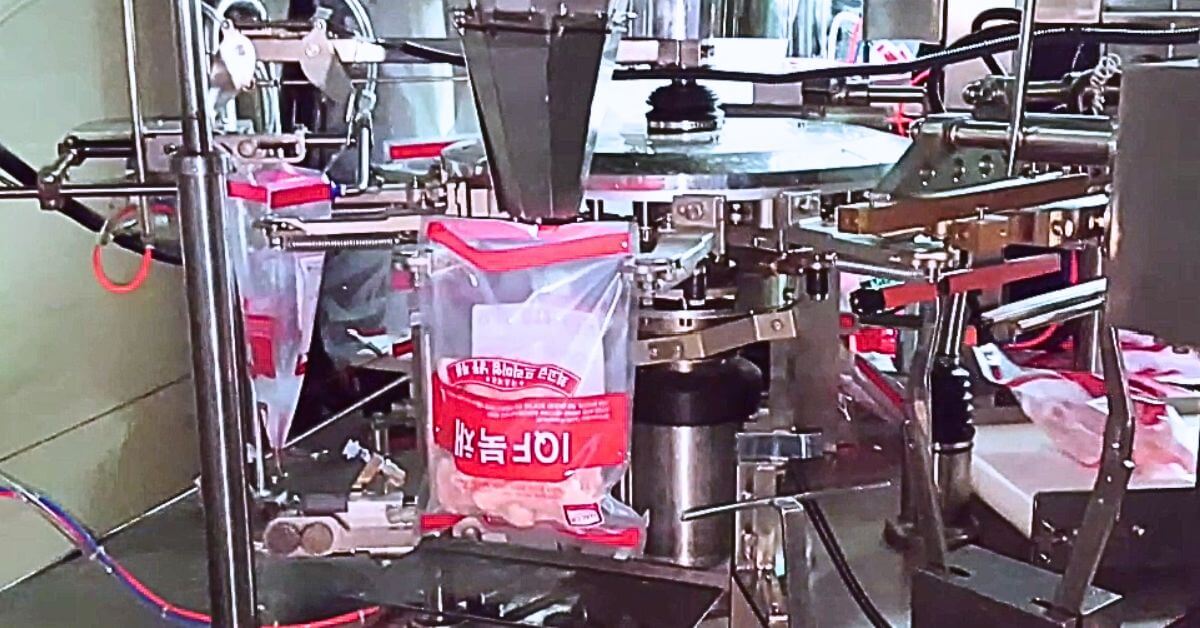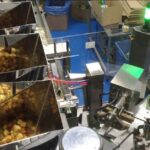Compared to other food packaging, frozen food packaging has higher requirements. This requires us to consider the factors affecting frozen food packaging in a more detailed and comprehensive way. For example, about packaging materials and types, you not only need to consider factors like the moisture resistance, light resistance, protective properties and airtight properties of the packaging, but also its low-temperature resistance. Choosing the right freezing equipment and packaging machines is also a point that you must carefully consider.
The Overview of Frozen Food Packaging
Frozen packaging is a special form of food packaging that not only has certain protective properties and fresh-keeping capabilities, but also has low-temperature resistance. There are many materials and types of frozen food packaging. Toughness and durability are also one of its characteristics, as the packaging needs to be kept from being damaged during shipment. Common frozen packaging materials include plastic film, cardboard and waxed paper. One of the most popular forms of frozen food packaging is polyethylene (PE) shrink film, which can withstand extremely low temperatures.
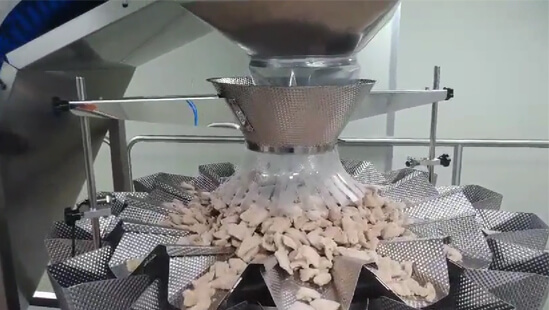
Benefits of Frozen Food Packaging
The feature of frozen packaging that you can feel most directly is its low-temperature resistance. The packaging will not become brittle and crack at low temperatures, and can maintain the integrity during the freezing and thawing of frozen products.
It also has excellent barrier properties, blocking air, water, oil, grease, light and dust from affecting the product, improving food safety and helping to maintain the freshness of frozen food. Its tough material keeps it from being damaged during loading and shipment, so that it arrives intact in the hands of the consumer.
What’s more, frozen food packaging is odorless and can prevent the emergence of foreign, unpleasant odors.
Types of Frozen Food Packaging
Plastic Film
Plastic films are common packaging materials with good flexibility and sealing properties and are also widely used in frozen food packaging. They are lightweight and offer flexible packaging options for frozen foods. Plastic films suitable for frozen food include polyethylene films, PVA coated high barrier films, Biaxially oriented polypropylene films, low density polyethylene films (LDPE) and polyester films (PET). Let me give you a brief introduction to a few plastic films.
- PET: PET is able to withstand sudden temperature changes very well, and frozen food requires freezing and thawing. So PET is very suitable as a material for frozen food packaging.
- LDPE: Known for its durability and moisture resistance. Also has good impact resistance, providing effective protection for frozen foods.
- PE: It also has good low-temperature resistance, good moisture resistance and tear resistance. An excellent choice for frozen food packaging.
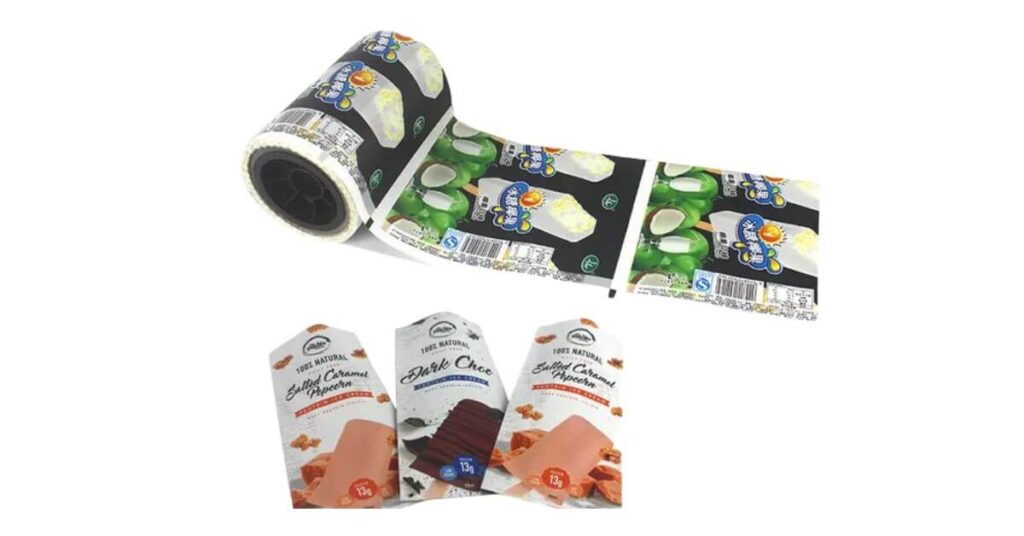
Shrink Film
Shrink film is a type of plastic film. It shrinks when heated. It is usually made of one of three main formulations: polyethylene, polyolefin or polyvinyl chloride. It has good strength and a certain ability to block moisture and air. The transparency feature allows you to see the product inside the package and can display the product well.
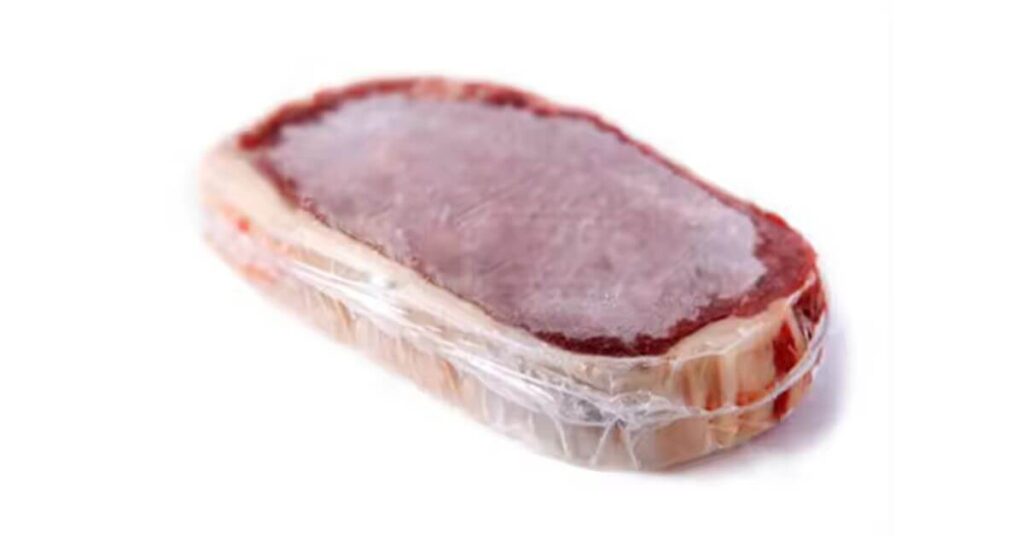
Aluminum Foil
Aluminum foil is also a material commonly used for packaging frozen food. It has many advantages, light weight, good flexibility, and so on. Its surface is not conducive to the growth and reproduction of microorganisms, clean and hygienic. It is also dust, light, and moisture resistant. The cost is slightly higher than plastic film.
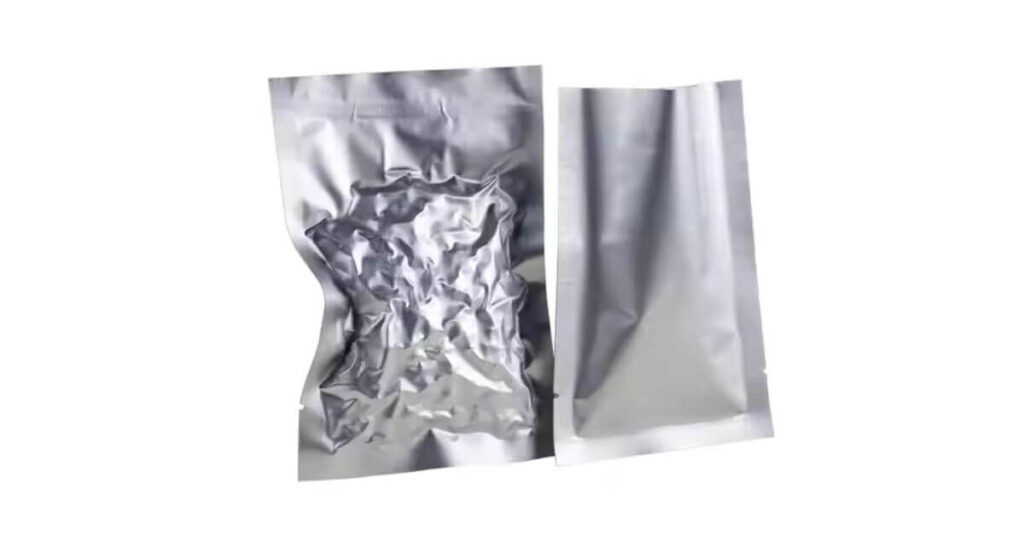
Plastic Pouch
Plastic bags have a wide range of applications. Popular in the frozen food sector too. The plastic bag you see most often for frozen food is ice cream packaging. Lightweight, easy to tear, excellent barrier properties and low cost make it an excellent choice for frozen seafood packaging.
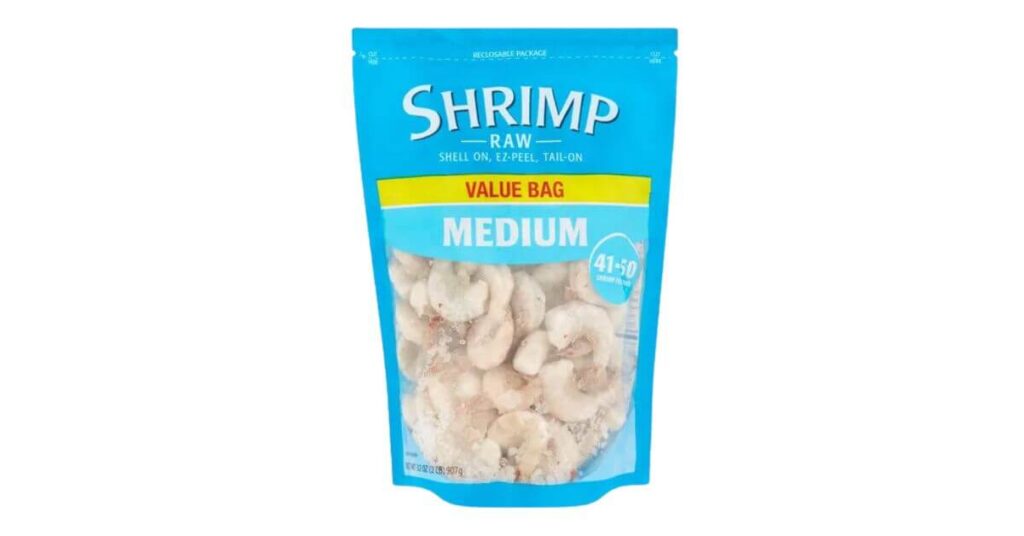
Rigid Plastic Container
As another type of plastic product, rigid plastic containers are also durable and lightweight and can be used to package a variety of frozen foods. Some rigid plastic containers are transparent, good for displaying the products. Rigid plastic containers are more impact resistant than flexible plastic materials and can effectively protect products during transportation and loading.
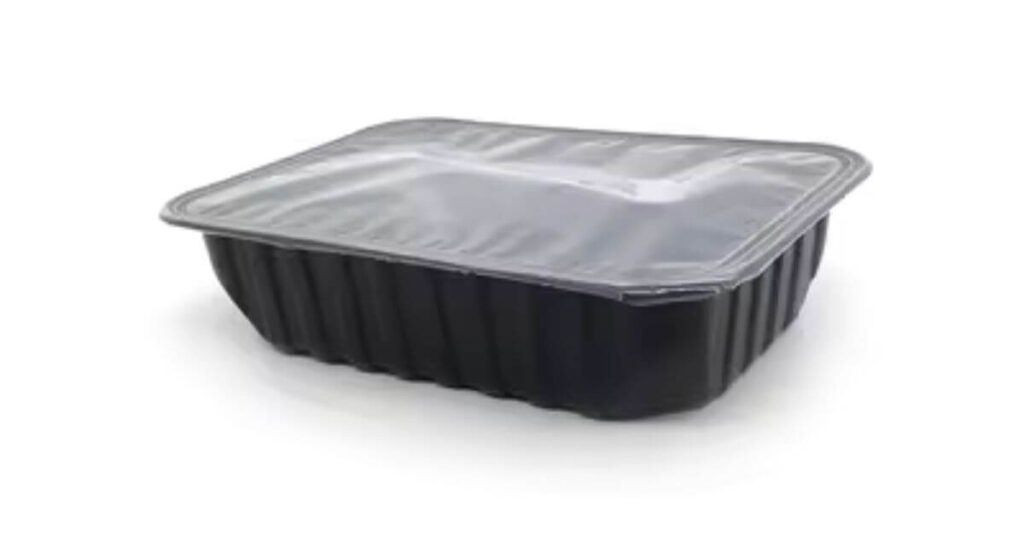
Cardboard
Lightweight, sturdy and durable are the distinguishing features of cardboard. Often made into cardboard boxes. Although cardboard is not as sturdy as rigid plastic, it can also provide good protection for frozen foods. It can be used to pack large amounts of products. Cardboard is easy to fold and stack, which can save lots of space. You can unfold it when you want to use if. Easy to operate, convenient to use and low cost, favored by many frozen food manufacturers. Because the cardboard has poor water resistance, it needs certain treatments to enhance the water resistance. For example, cardboard can be coated with wax or plastic.
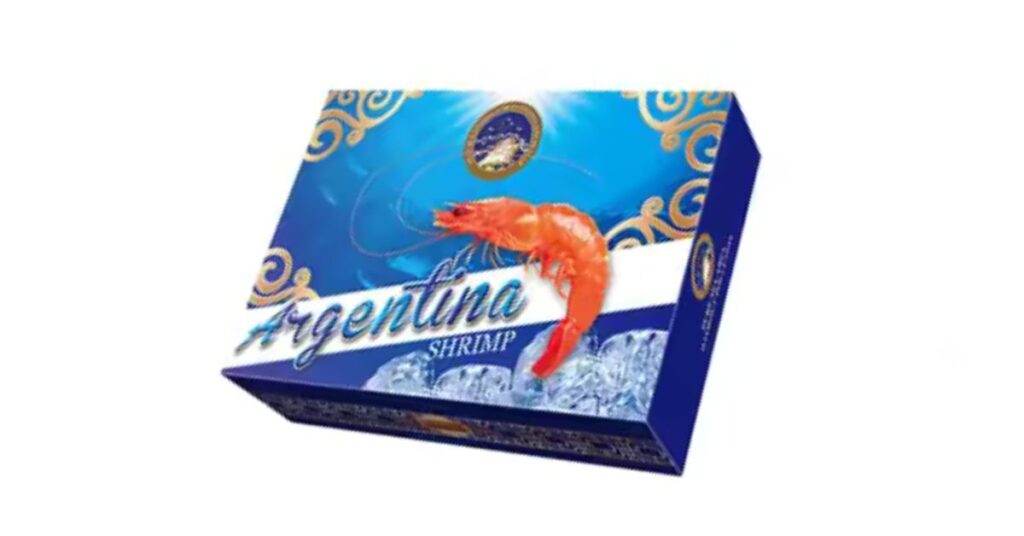
SBS Paperboard
Solid bleached sulfate paperboard is made from bleached virgin wood pulp. It offers high brightness and smoothness. Suitable for high-quality printing. The graphics and text that stand out more vividly, arousing consumer’s interest in your frozen food products. It has good stiffness and compression capacity, but not high durability and strength.
Wax-Coated Cardboard
Waxed cardboard has wax-coated barrier layers. It makes the packaging water resistant and would not absorb moisture which would cause the strength of the package to be reduced. As the packaging is for frozen food, it is naturally also quite cold. The cold surface causes the moisture in the air to cool and condense upon contact. The wax coated cardboard prevents these external water from being absorbed into the package. This keeps the moisture on the outside, maintains the internal moisture balance, and prevents external moisture from interfering with the product.
Expanded Polystyrene (EPS) Foam
The expanded polystyrene foam is made from solid beads of polystyrene. It is a lightweight, strong material with good cushioning properties. It can effectively protect your frozen food during loading and shipment. Moreover, it is also very water resistant. Suitable for packing frozen food. And each side of expanded polystyrene foam has various levels of thickness and density. This thickness and density help with insulation.
Skin Film
This packaging consists of a layer of vacuum film that tightly wraps the product and seals it to a printed skin board or corrugated cardboard plate. You can clearly see the product through the film. And to be honest, this kind of packaging is very attractive. It is usually used to package frozen seafood such as trout and salmon.
Types of Frozen Food Packaging Machine
- Premade Pouch Packing Machine: Excellent solution for frozen food packaging with high continuity. Suitable for packaging chicken, shrimp and many other products.
- Vertical Form Fill Seal Machine: Each link operates in a compact and orderly manner, and can be easily used in conjunction with weighing system, transportation system and printing system.
- Horizontal Flow Wrapping Machine: One of the classic solutions for packaging frozen food, using a horizontal packaging process. Can handle a wide range of shapes and sizes, including irregularly shaped frozen foods such as meat, seafood, vegetables, and frozen snacks.
- Cartoning machine: You can call a cartoner a carton form, fill, seal machine that turns flat cartons into a box. The boxes are sturdy, durable and stackable. The box acts as a secondary packaging to protect frozen food products from damage during transportation.
Conclusion
The quality of frozen food packaging is related to your product. Choosing the right frozen food packaging and frozen food packaging equipment is particularly important. During transportation, insulation and protection measures need to be taken to maintain the quality of your product. If you want to know more about frozen food packaging, please contact us.

